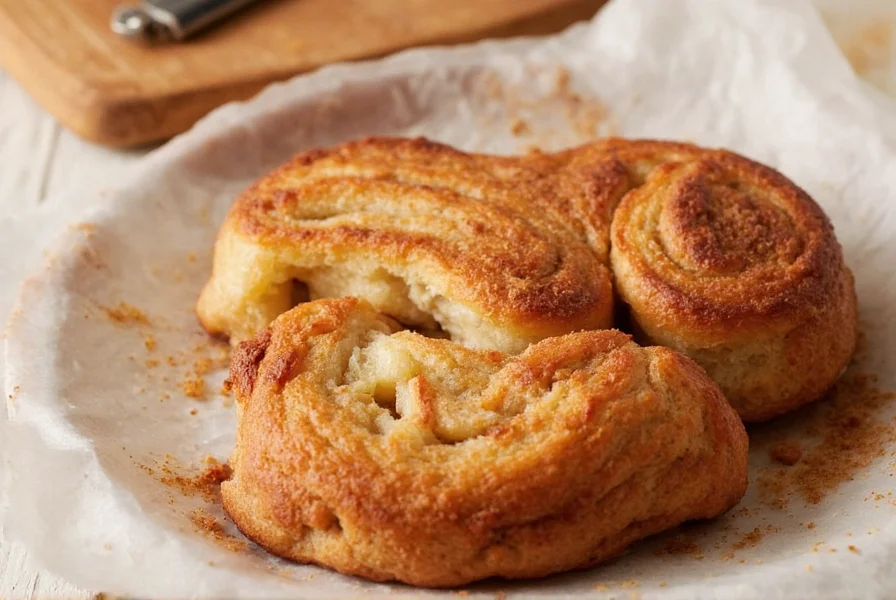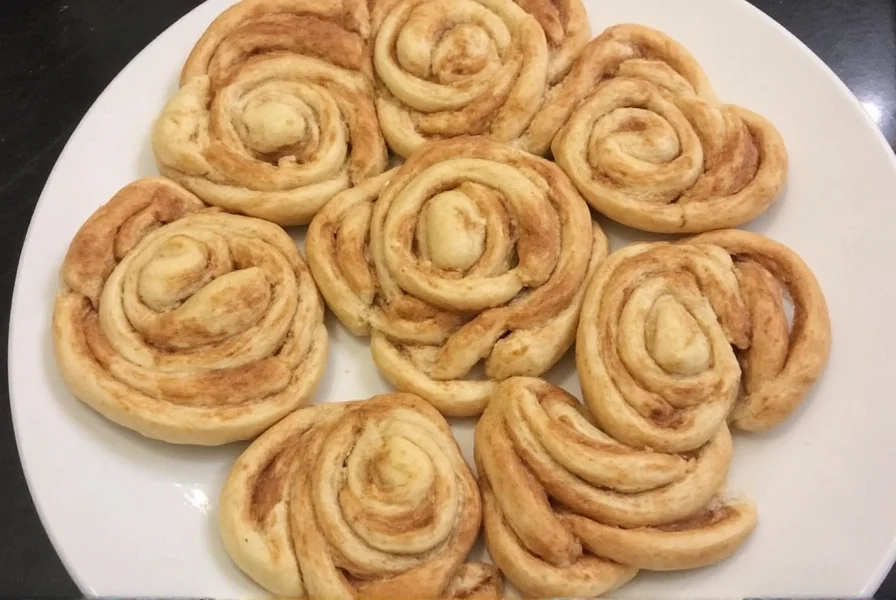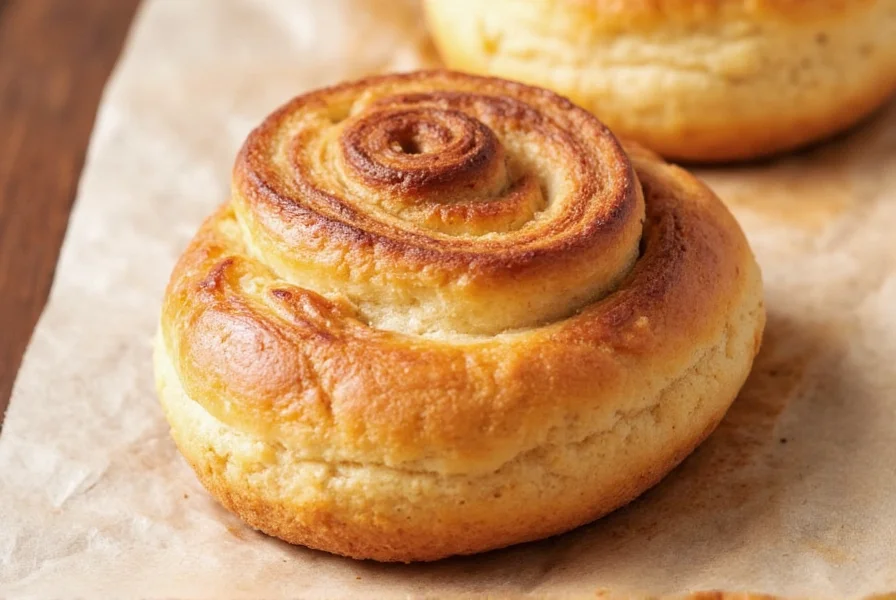Understanding the Cinnamon Swirl Technique
When executed properly, the cinnamon swirl technique transforms simple dough into visually appealing and flavorful baked goods. The magic happens during the rolling process, where a thin layer of cinnamon-sugar mixture is spread over rolled-out dough, then carefully rolled into a log. As the dough bakes, the filling melts slightly while the dough sets around it, preserving that signature spiral pattern.
Professional bakers emphasize that the dough's elasticity is crucial for successful swirls. Overly stiff dough will crack when rolled, while too-soft dough won't hold its shape. The ideal dough should be slightly tacky but not sticky, allowing for smooth rolling without tearing. Temperature control also plays a vital role—chilled dough rolls more cleanly than room-temperature dough, which can become too elastic and resist shaping.
Cinnamon Swirl Variations Across Baking Traditions
While American-style cinnamon rolls represent the most familiar application of this technique, similar methods appear in baking traditions worldwide. The Polish babka, for instance, uses a similar swirling technique but often incorporates chocolate along with cinnamon. Scandinavian kanelbulle (cinnamon buns) feature a tighter spiral with a cardamom-infused dough.
| Variation | Origin | Distinctive Features | Filling Ratio |
|---|---|---|---|
| Classic Cinnamon Swirl Bread | United States | Loaf format, single central swirl | 2:1 dough to filling |
| Swedish Kanelbulle | Sweden | Individual rolls, cardamom dough | 3:1 dough to filling |
| Polish Babka | Poland | Chocolate-cinnamon swirl, tall loaf | 1.5:1 dough to filling |
| Portuguese Pao de Canela | Portugal | Whole wheat dough, orange zest | 2.5:1 dough to filling |
The Science Behind Perfect Cinnamon Swirls
Understanding the food science behind cinnamon swirls can dramatically improve results. When cinnamon and sugar combine with melted butter or oil, they create a paste that behaves differently than dry ingredients alone. This paste needs sufficient fat content to prevent burning but not so much that it leaks out during baking.
Research shows that the ideal cinnamon-to-sugar ratio for swirls ranges between 1:8 and 1:12 by weight. Too much cinnamon creates bitterness and can inhibit yeast activity in risen doughs. The particle size of the cinnamon matters too—finely ground cinnamon distributes more evenly than coarse varieties, preventing concentrated bitter spots in the finished product.

Common Cinnamon Swirl Challenges and Solutions
Many home bakers struggle with collapsed swirls, uneven distribution, or filling leakage. These issues typically stem from three main factors: dough temperature, filling consistency, and rolling technique.
When dough is too warm during rolling, it becomes overly elastic and springs back, causing the swirl to tighten excessively or collapse. Chilling the rolled log for 15-20 minutes before slicing helps maintain the spiral pattern. For filling leakage, consider adding 1-2 tablespoons of flour to your cinnamon-sugar mixture to absorb excess moisture during baking.
Another frequent issue is uneven swirl distribution. This often occurs when the filling isn't spread to the very edges of the dough rectangle, leaving gaps where the spiral breaks. Professional bakers recommend leaving only a 1/4 inch border free of filling to ensure complete coverage while preventing leakage at the seam.
Selecting Quality Ingredients for Cinnamon Swirls
Not all cinnamon performs equally in swirl applications. Ceylon cinnamon (often called "true cinnamon") offers a more delicate, complex flavor but lacks the intense warmth of Cassia cinnamon, which dominates most American cinnamon products. For baking applications requiring bold flavor, Cassia works better, while Ceylon shines in more delicate pastries.
Freshness significantly impacts cinnamon swirl quality. Ground cinnamon loses potency rapidly—within 6 months of opening. For optimal flavor in cinnamon swirl bread recipe applications, use cinnamon that's no more than 3-4 months old. Store it in an airtight container away from light and heat to preserve volatile oils that provide characteristic aroma.

How to Evaluate Commercial Cinnamon Swirl Products
When purchasing store-bought cinnamon swirl bread or rolls, look for these quality indicators. First, examine the spiral pattern—well-made products show consistent, defined layers without gaps or collapsed sections. The filling should appear evenly distributed throughout, not concentrated in certain areas.
Check ingredient lists for excessive additives. High-quality commercial cinnamon swirls typically contain recognizable ingredients without artificial flavors or excessive preservatives. The cinnamon swirl technique should enhance, not mask, the underlying bread flavor. Be wary of products where the filling constitutes more than 30% of the total weight, as this often indicates poor structural integrity and overwhelming sweetness.











 浙公网安备
33010002000092号
浙公网安备
33010002000092号 浙B2-20120091-4
浙B2-20120091-4